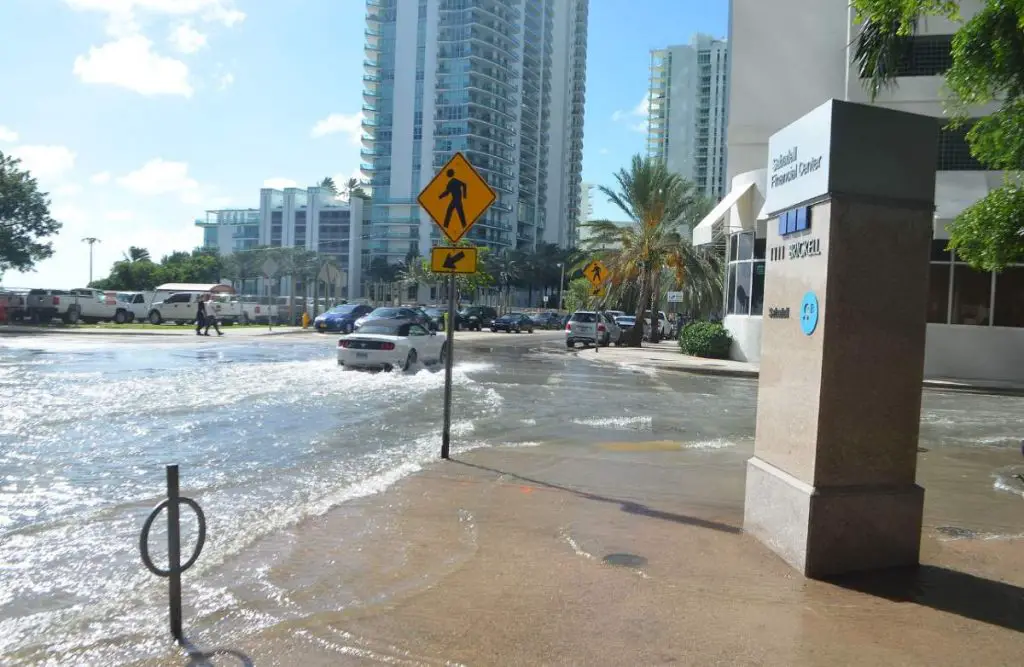There are a lot of natural and human-made wonders in the world. But everything has an end, and sooner or later, they’ll be gone. Unfortunately, some of them will be vanished sooner, even in a few decades. Here are eight famous places to see before they have vanished, just in case you may want to see them before they are gone.
1. Maldives
- Threat: sinking
- Expected time remaining: 30-100 years
- Cause: global warming, rising sea levels
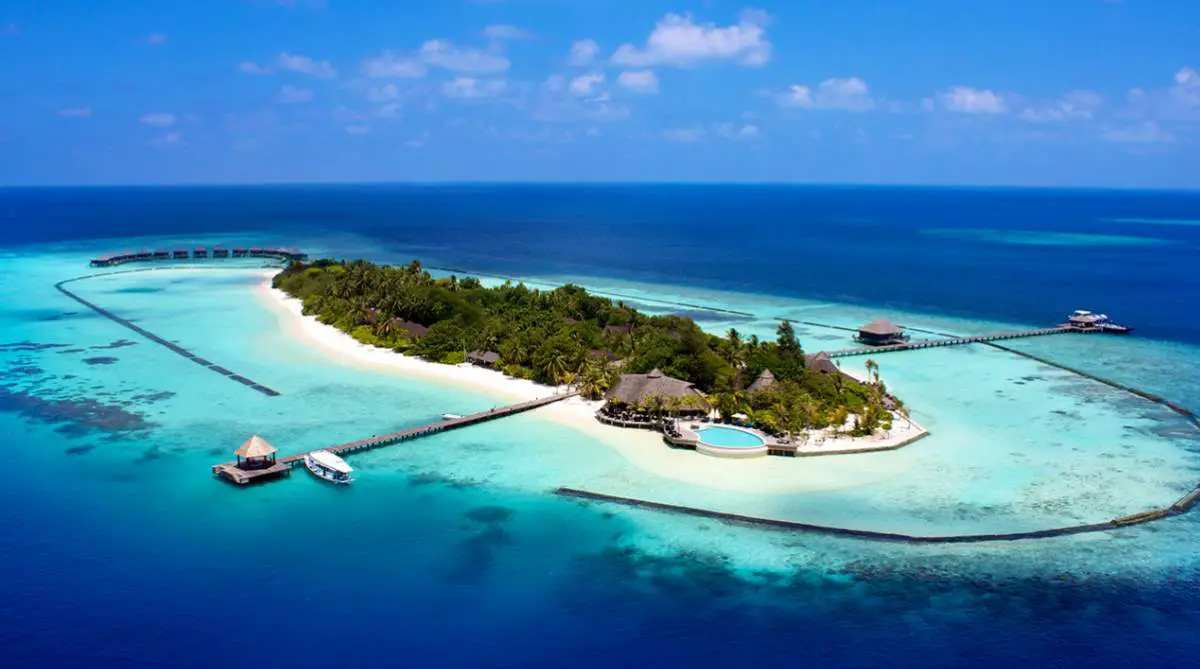
A very popular tourist destination in recent years, Maldives is an island country located in the Indian Ocean in South Asia. With a population of around 400,000 spanning roughly 90,000 square kilometers (35,000 sq mi) on more than 1,200 small islands, it is the smallest Asian country by both land area and population. What is more, it is also the world’s lowest country: the average ground-level elevation of Maldives is 1.5 meters (4 ft 11 in) above sea level. Even its highest natural point is also the lowest in the world, at 2.4 meters (7 ft 10 in).
The majority of the hundreds of islands in the Maldives are less than a meter to two meters above sea level. So, probably it’s obvious: if the sea levels get higher, and they’ll definitely will, the country will be swallowed by the sea.
The country is well aware of the threat. In 2012, former Maldivian president Mohamed Nasheed stated that “If carbon emissions were to stop today, the planet would not see a difference for 60 to 70 years. If carbon emissions continue at the rate they are climbing today, my country will be underwater in seven years.” He called for more climate change mitigation action while on the American television shows The Daily Show and the Late Show with David Letterman.
Also, in In November 2008, Nasheed announced plans to look into purchasing new land in India, Sri Lanka, and Australia because of his concerns about the issue. “We do not want to leave the Maldives, but we also do not want to be climate refugees living in tents for decades,” he said.
By 2020, Maldives plans to eliminate or offset all of its greenhouse gas emissions.
2. Venice, Italy
- Threat: sinking
- Expected time remaining: less than 70 years
- Cause: the city is sinking, global warming, rising sea levels

If you go to Venice, probably you’ll notice hundreds of table-like platforms in the San Marco square. Their purpose is to allow the visitors to walk in the square if there’s high water.
Venice is a sinking city. Combine it with global warming and rising sea levels, the situation is getting worse. Between 1900 and 1980, San Marco Square has been flooded around ten times. Between 1980 and 2000, the number was 40. And since 2000, more than 60 times San Marco Square, the heart of Venice has flooded.
In fact, the sinking of Venice has slowed markedly since artesian wells were banned in the 1960s. Studies indicate that the city continues sinking at a relatively slow rate of 1-2mm per annum. There is also the MOSE project (Modulo Sperimentale Elettromeccanico, Experimental Electromechanical Module), an experimental model for evaluating the performance of hollow floatable gates; the idea is to fix a series of 78 hollow pontoons to the sea bed across the three entrances to the lagoon.
When tides are predicted to rise above 110 centimeters, the pontoons will be filled with air, causing them to float and block the incoming water from the Adriatic Sea. This engineering work is due to be completed by 2018. But, there are also heavy criticisms: environmentalists and certain political forces have opposed it since its inception, relate to the costs to the Italian State of construction, management, and maintenance, which are said to be much higher than those for alternative systems employed by the Netherlands and England to resolve similar problems.
In addition, according to the project’s opponents, the monolithic integrated system is not “gradual, experimental and reversible” as required by the Special Law for the Safeguarding of Venice.
If the MOSE project works as predicted, Venice will be safe for another century. But if something goes wrong, there’s not much time.

Related: Venice from space – amazing photo
3. Dead Sea, Jordan
- Threat: shrinking
- Expected time remaining: less than 50 years
- Cause: diversion of incoming water from the Jordan River

Earth’s lowest elevation on land, the Dead Sea is a salt lake bordered by Jordan to the east and Israel and Palestine to the west. Its surface and shores are 429 meters (1,407 ft) below sea level. It is 304 m (997 ft) deep, the deepest hyper-saline lake in the world. With 34.2% salinity (as of 2011), it is approximately 9.6 times as salty as the ocean.
The saltiness of the lake makes for a harsh environment in which plants and animals cannot flourish, hence its name.
In recent decades, the Dead Sea has been rapidly shrinking because of the diversion of incoming water from the Jordan River to the north.
4. Madagascar’s Rain Forests
- Threat: vanishing
- Expected time remaining: less than 10 years
- Cause: human activity (poaching, deforestation)

Madagascar is wildlife heaven. Approximately 90% of all plant and animal species found in Madagascar are endemic, including at least 103 species and subspecies of lemurs. More than 80 percent of Madagascar’s 14,883 plant species are found nowhere else in the world. A number of other mammals, including the cat-like fossa, are endemic to Madagascar.
Over 300 species of birds have been recorded on the island, of which over 60 percent are endemic. The few families and genera of reptiles that have reached Madagascar have diversified into more than 260 species, with over 90 percent of these being endemic. The island is home to two-thirds of the world’s chameleon species, including the smallest known, and researchers have proposed that Madagascar may be the origin of all chameleons.
If nothing is done to save the world’s fourth island, the rainforests, and all these species will be gone in 10 years. Maybe even more: some of Madagascar’s endemic species have never even been recorded and are likely to be lost before they are even studied.
Since the arrival of humans around 2,350 years ago, Madagascar has lost more than 90 percent of its original forest. About 40 percent of it was lost from the 1950s to 2000. It is anticipated that all the island’s rainforests, excluding those in protected areas and the steepest eastern mountain slopes, will have been deforested by 2025. Habitat destruction, hunting, poaching, traditional agricultural practice, and harvesting are the main threats.
5. Great Barrier Reef, Australia
- Threat: loss of corals
- Expected time remaining: 35 years
- Cause: climate change, human activity, pollution, crown-of-thorns starfish, shipping accidents, oil spills, and tropical cyclones

The Great Barrier Reef is the world’s largest coral reef system composed of over 2,900 individual reefs and 900 islands stretching for over 2,300 kilometers (1,400 mi) over an area of approximately 344,400 square kilometers (133,000 sq mi). It is the world’s biggest single structure made by living organisms and can be seen even from space (from the low earth orbit).
Climate change, pollution, crown-of-thorns starfish (see notes 1) (it preys on coral polyps), and fishing are the primary threats to the health of this reef system. Other threats include shipping accidents, oil spills, and tropical cyclones. According to a 2012 study by the National Academy of Science, since 1985, the Great Barrier Reef has lost more than half of its corals with two-thirds of the loss occurring from 1998 due to the factors listed before. Scientists predict 95
6. The ice cap of Mount Kilimanjaro
- Threat: shrinking
- Expected time remaining: 45 years
- Cause: global warming

Mount Kilimanjaro is the highest mountain in Africa and rises approximately 4,900 m (16,000 ft) from its base to 5,895 meters (19,341 ft) above sea level. Almost 85 percent of the ice cover on Kilimanjaro disappeared from October 1912 to June 2011, with coverage decreasing from 11.40 square kilometers (4.40 sq mi) to 1.76 square kilometers (0.68 sq mi). From 1912 to 1953, there was about a 1.1 percent average annual loss. The average annual loss for 1953 to 1989 was 1.4 percent while the loss rate from 1989 to 2007 was 2.5 percent.
Of the ice cover still present in 2000, almost 40 percent had disappeared by 2011. The glaciers are thinning in addition to losing areal coverage, and do not have active accumulation zones with retreat occurring on all glacier surfaces. The loss of glacier mass is caused by both melting and sublimation. While the current shrinking and thinning of Kilimanjaro’s ice fields appear to be unique within its almost twelve-millennium history, it is contemporaneous with widespread glacier retreat in mid-to-low latitudes across the globe.
At the current rate, most of the ice on Kilimanjaro will disappear by 2040, and “it is highly unlikely that any ice body will remain after 2060”.
7. Alpine glaciers
- Threat: shrinking
- Expected time remaining: 35 years
- Cause: global warming

1,817 square kilometers (702 sq mi) of the Alps covered by glaciers in 1876 had shrunk to 1,342 km2 (518 sq mi) by 1973. Forty percent of the glaciation in Austria has disappeared since 1850, and 30% of that is in Switzerland.
Scientists predict that if the current weather patterns persist, the glacial Alps will disappear by 2050. In 1860, the largest alpine glacier, the Aletsch was 3 km (1.9 mi) longer than it is today, and the ice level was 200 m (656 feet) higher. Experts say if global warming continues for a decade, in 70 to 100 years only alpine glaciers over 4,000 meters will resist this.
8. Glacier National Park (Montana, US)
Threat: ice loss
Expected time remaining: 30 years
Cause: global warming
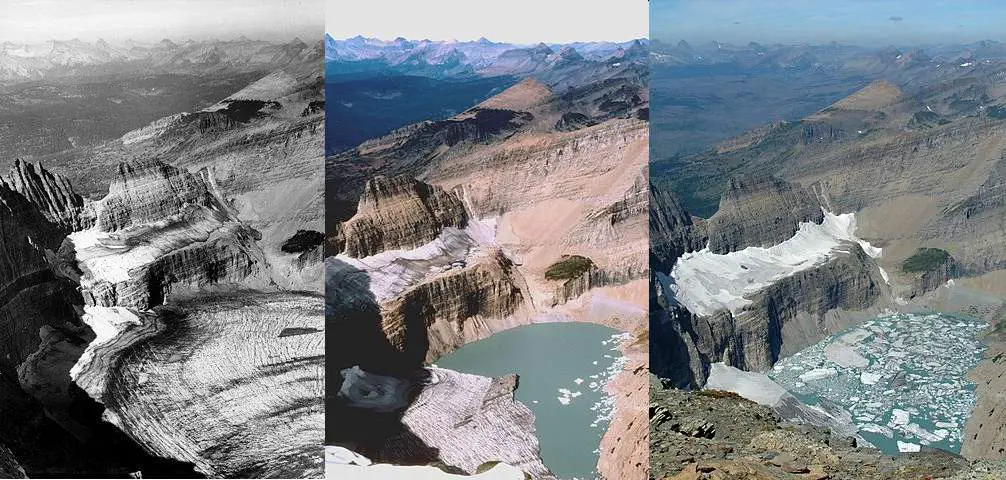
During the middle of the 20th century, examination of the maps and photographs from the previous century provided clear evidence that the 150 glaciers known to have existed in the park a hundred years earlier had greatly retreated, and in many cases disappeared altogether. Between 1850 and 1979, 73% of the glacial ice had melted away.
Repeat photography of the glaciers, such as the pictures taken of Grinnell Glacier, one of the most photographed glaciers in the park, between 1938 and 2009 help to provide visual confirmation of the extent of glacier retreat.
Notes
- The crown-of-thorns sea star, Acanthaster planci, is a large, multiple-armed starfish (or seastar) that usually preys upon hard, or stony, coral polyps (Scleractinia). The crown-of-thorns sea star receives its name from venomous thorn-like spines that cover its upper surface, resembling the Biblical crown of thorns. It is one of the largest sea stars in the world.
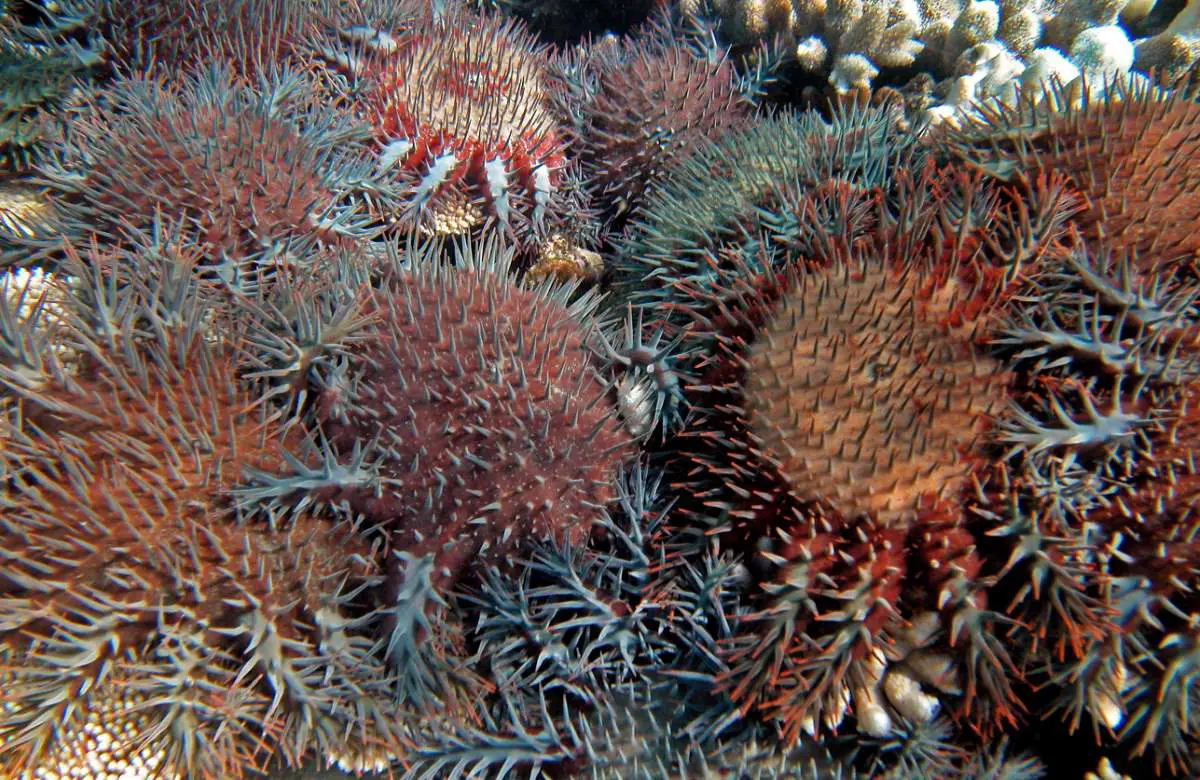
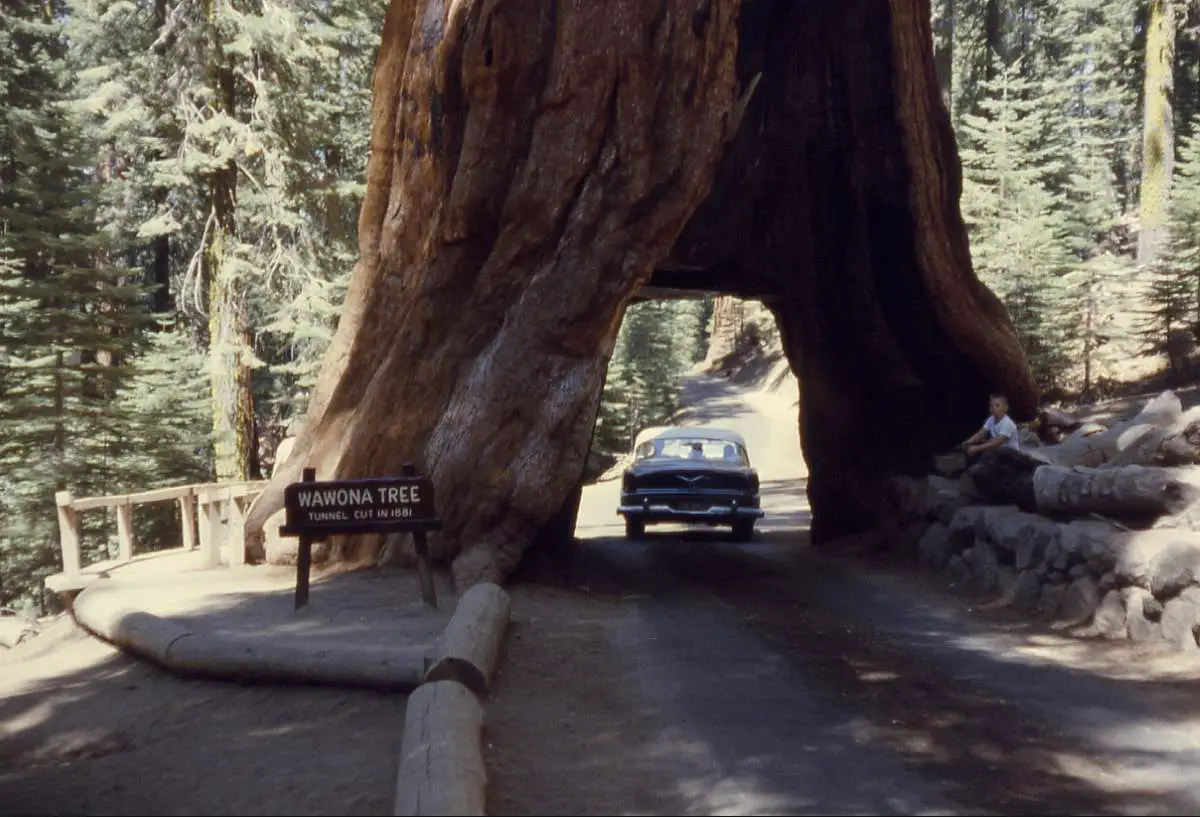
Related: 10 Recently Lost Natural Wonders
Sources
- The Maldives on Wikipedia
- Venice on Wikipedia
- MOSE Project on Wikipedia
- The Dead Sea on Wikipedia
- Madagascar on Wikipedia
- Great Barrier Reef on Wikipedia
- Crown-of-thorns starfish on Wikipedia
- Mount Kilimanjaro on Wikipedia
- Glacier National Park (U.S.) on Wikipedia
- Space Shuttle Endeavour’s Touchdown Meets Columbia’s Salute [An amazing photo from the past] - February 29, 2024
- Moon Landings: All-Time List [1966-2024] - February 23, 2024
- From Orbit to Ordinary: 10 Earthly Applications of Space Technology - January 23, 2024

